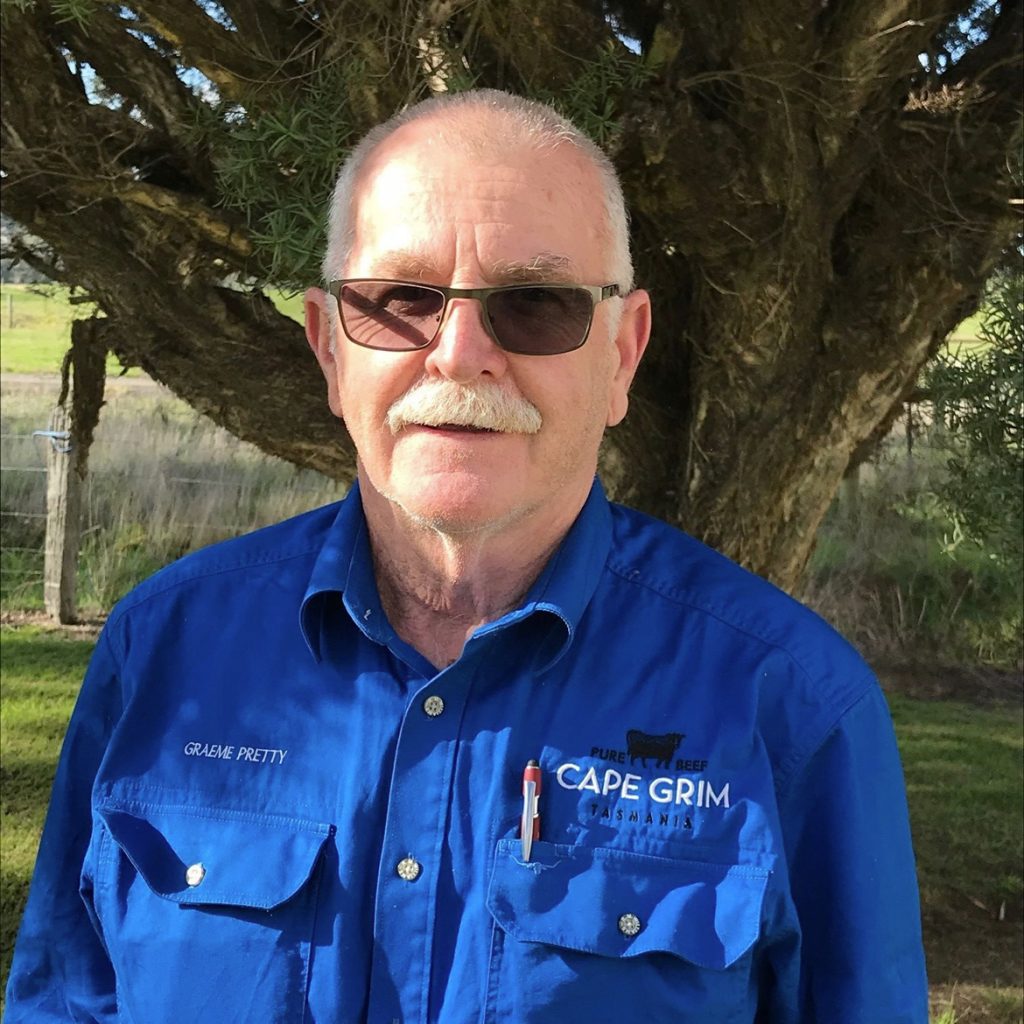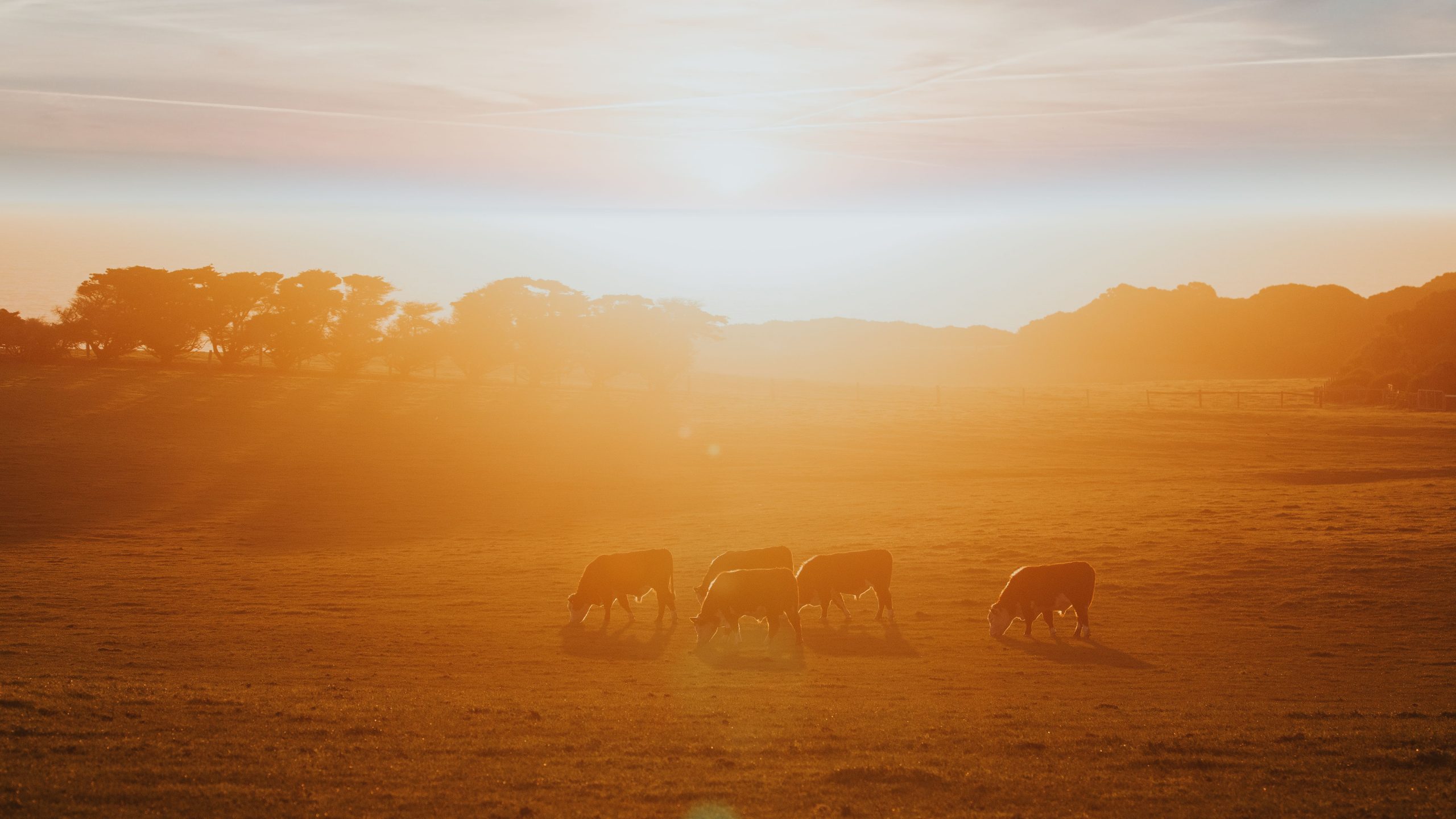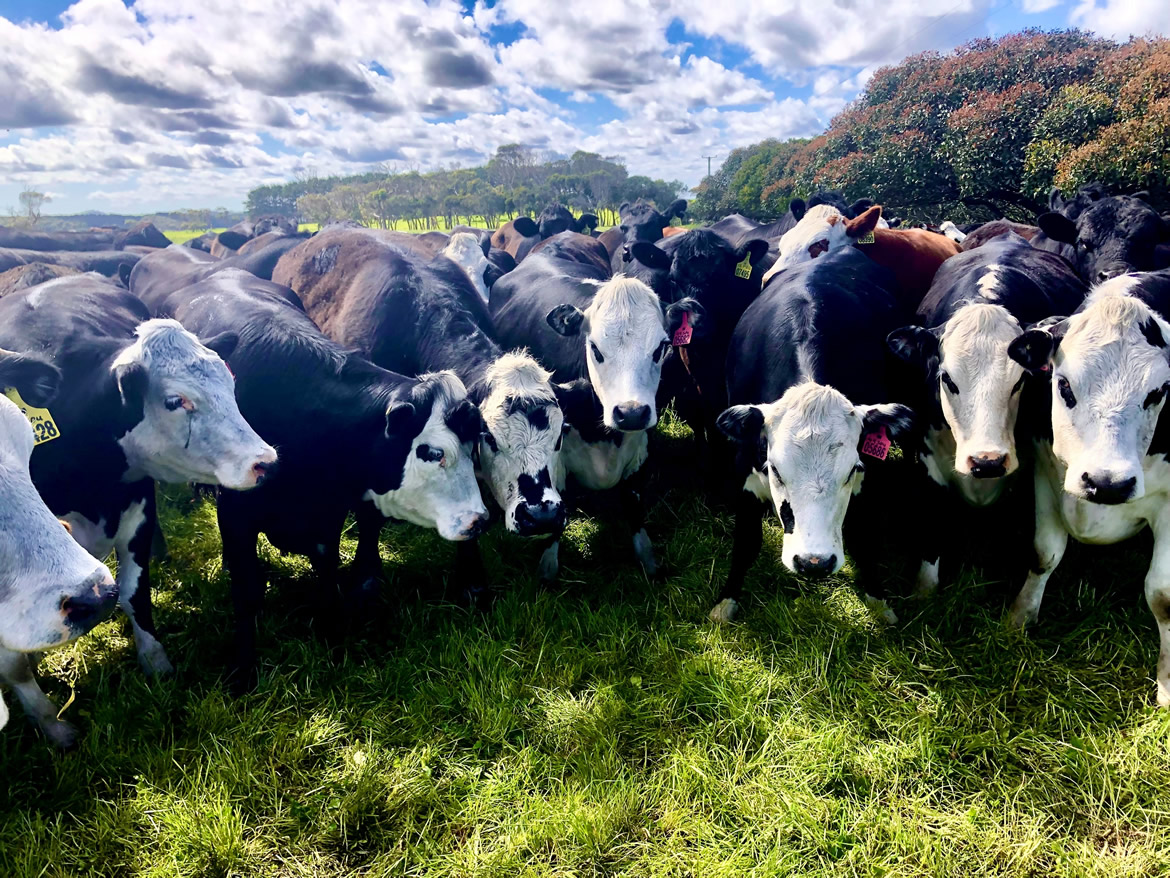Welcome to your seasonal round-up of livestock supply and market news. In the first half of this year the restocker to feeder premium in EYCI cattle averaged 144c/kg cwt, while restocker prices remain at a premium on the back of continued market confidence.
Meat & Livestock Australia (MLA) has revised its forecast for 2022, predicting slaughter numbers to reach 6.15m head in 2022, down from 6.7m head.
The national herd rebuild is expected to continue, rising nationally by 5.6% to 27.6m, and record carcase weights are forecast to offset lower slaughter volumes, with total beef production forecast to rise by 4.5% to 1.97m tonnes.
TASMANIA
North-east
We had a favourable autumn in the north-east with good rain and mild conditions. During winter it’s important to keep up hay and silage to maintain carcase quality and grading results.
Cattle numbers have been strong with beef cows coming forward in good numbers as well as large numbers of dairy cows. Yearling numbers have been consistent with forward priced yearlings now in play.
To offer Tasmanian producers another option for their steers, Greenham has recently started purchasing feeder steers.
North-west
Generally the condition of cattle has been extremely good due to the seasonal conditions. Cattle weights have been above average compared to last year.
The weather along the coast has been extremely good due to a good amount of rain in the summer period. It really kickstarted the feed, which in turn meant we didn’t really have a dry spell and cattle kept on coming forward through the plant. Earlier this year Circular Head experienced close to its driest six months on record, which resulted in:
- producers offloaded prime cattle earlier with slightly lighter weights than usual, particularly if they didn’t have enough fodder in reserve
- producers decided not to actively restock after selling prime cattle, waiting until the autumn break, which was slightly later than usual
- or some producers kept cattle on-hand to hopefully gain the winter premiums with the plan to restock in late winter/ early spring.
Grading results have been consistently good but at lighter weights. Winter arrived earlier than expected with large amounts of fodder (hay and silage) being delivered into the district from all parts of the state. Producers have been putting more weight on their cattle to maximise their return due to high store prices.
Central and south
It’s been a mixed season here in central and southern Tasmania.
Supply was tight at the start of the year as producers were hesitant to move stock due to the high cost of replacements.
With varying rainfall throughout much of the state, many producers brought forward cattle to manage winter fodder reserves, which resulted in a tightening of cattle numbers as we moved through winter.
Cattle condition and grading results have been consistently above average, which is a testament to the dedication of our producers to supply a quality product.
VICTORIA
Western District
Cattle weights, condition and supply have been very consistent, considering the late break in season here. Supply from the northern region has been strong and continues to grow.
Due to the dry most farmers preg-tested and offloaded empty cows by the end of June. We’ve seen an uptick in cattle moving into the market and going direct to processors. We’ve also seen a trend from feedlots keen to purchase heavier forward cattle in the paddock and at store sales, and greater interest from the north of the state – where there is an abundance of feed – for lighter, quality weaners.
Northern Victoria and southern New South Wales
Supply has been strong throughout north-east Victoria and southern New South Wales in the first half of this year for both cattle contracted through the winter price agreements, and those purchased on the spot.
Cattle prices have remained strong for slaughter animals as well as backgrounder/feeder cattle. Slaughter cattle are still grading well with very little dark cutting and minimal yield loss despite the colder weather. Liver fluke has been prominent in recent months; to prevent liver fluke it’s important to drench and quarantine all animals coming onto the property, keep water troughs clean and free from snails, and maintain robust biosecurity standards, and check your feedback to monitor animal health results. If liver fluke is a problem for you, talk to your vet about testing and management strategies.
Gippsland
Producers are being rewarded for going the extra mile with great prices over-the-hooks, on the box or at the saleyards. The autumn break saw rain in the east of the region but drier conditions to the west and south.
Gippsland producers continue to utilise MSA feedback to produce a high-quality grassfed article as results show an upward trend in MSA feedback this year. Additionally, we’ve also seen weight-for-age improve in line with cents per kilogram.
We’re seeing an increase in new producers supplying not only the NEVER EVER program, or Bass Strait brand but also Wanderer and Altair Wagyu. Get in touch if you’re interested in becoming accredited to supply our on-farm programs.
FAREWELL BERNIE
On a personal note, Bernie Tinning, the former Livestock Controller at our Tongala processing facility, retired in May after 22 years at Greenham. Bernie brought great professionalism to her work and was trusted by our team and all producers she dealt with. Bernie will be missed around the Tongala office. We wish her all the best in her retirement.
By Livestock Manager, Graeme Pretty














